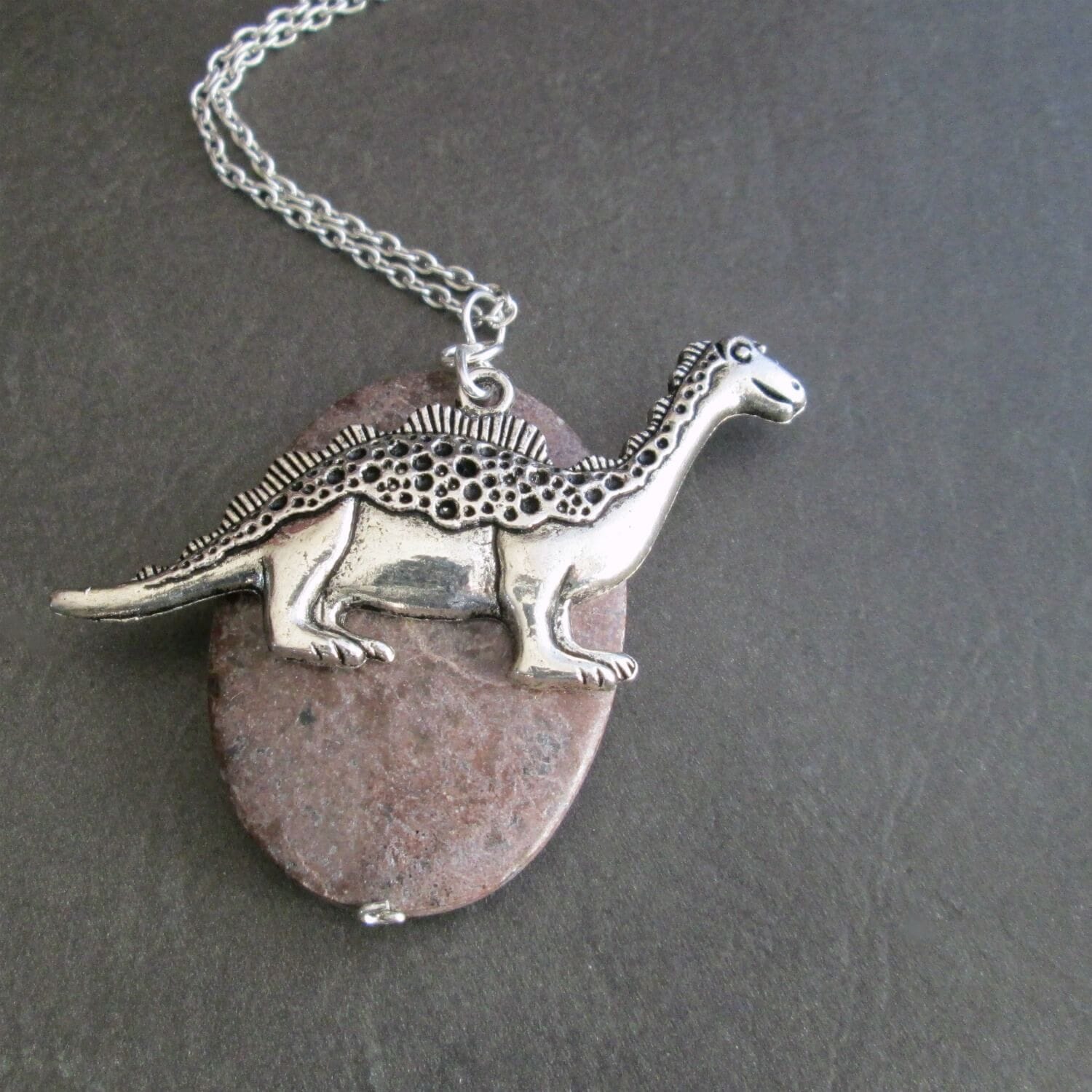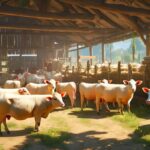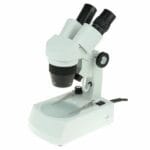Imagine discovering a tiny piece of history hidden in the ground – a fossilized dinosaur dropping! These extraordinary remnants, known as coprolites, are like time capsules that can tell us so much about the creatures that left them behind. Join us on a captivating journey through the world of coprolite fossils, where we’ll uncover ancient secrets and unravel the fascinating stories of extinct animals.
What Can Fossilized Poop Reveal About the Past?
You might not think that fossilized poop would be very interesting, but you’d be surprised! These remnants of prehistoric bathroom breaks, called coprolite fossils, are giving us incredible insights into the diets, behaviors, and even diseases of creatures that roamed the Earth millions of years ago.
Uncovering Ancient Diets
What an animal eats tells us a lot about how it lived. Coprolite fossils provide a literal glimpse into the menu of prehistoric animals. Scientists have found actual plant matter, bones, scales, and even tiny pollen grains all preserved within these fossilized droppings.
By analyzing what’s inside coprolites, they can likely determine who were the herbivores, munching on plants all day, who were the fierce carnivores, and who were the omnivores enjoying a bit of both worlds. It’s like putting together a giant prehistoric puzzle to understand the intricate food webs of the past.
Reconstructing Ancient Environments
Coprolite fossils aren’t just about what was on the menu millions of years ago; they also paint a broader picture of what the environment was like. For example, imagine finding a bunch of coprolites near what used to be a water source – this suggests that animals probably gathered there to drink, kind of like a prehistoric watering hole.
The types of sediments surrounding the coprolites can also provide clues about the ancient habitats these animals called home. It’s like putting together pieces of a giant prehistoric jigsaw puzzle, with coprolites offering valuable clues about the world these animals lived in.
Unveiling Hidden Health Secrets
Here’s where it gets really interesting: coprolite fossils can also provide a window into the health of ancient animals. Believe it or not, sometimes traces of parasites are preserved within these fossilized droppings. This is huge because it gives scientists a way to track the evolution of diseases over millions of years.
By identifying the types of parasites present, they can learn about the health challenges prehistoric creatures faced and how diseases may have impacted their populations. It’s like having a tiny, ancient microscope that allows us to understand the health and resilience of life long ago.
Beyond Dinosaurs: Coprolites From All Kinds of Creatures
Dinosaurs might steal the show when it comes to fossils, but coprolite fossils from other animals are just as important to scientists. Insect coprolites, for instance, offer valuable insights into the evolution of insects and how they interacted with their environments.
Fish coprolites can tell us about the feeding habits and preferred habitats of prehistoric fish. By studying coprolites from a diverse range of animals, we get a more complete and fascinating understanding of the incredible tapestry of life that existed throughout Earth’s history.
Coprolite Fossils: A Surprisingly Important Tool
So, the next time you hear the word “coprolite,” don’t just picture fossilized poop. Think about the incredible stories these fossils tell – stories about what ancient animals ate, where they lived, what probably made them sick, and how life on Earth has changed over millions of years. Coprolite fossils, once overlooked, have become an invaluable tool for scientists, reminding us that even the seemingly least glamorous parts of nature can hold amazing secrets about our planet’s past.
What is a Coprolite Fossil?
We’ve been talking about fossils, but let’s dive into a special kind: coprolites. These ancient droppings, basically fossilized poop, are like time capsules, giving us clues about what creatures ate millions of years ago.
Think about it: these fossils can probably tell us if an animal preferred plants or meat, or maybe even both! Scientists can analyze the fossilized bits of food trapped inside, like bone fragments, scales, or plant matter. It’s like piecing together a prehistoric puzzle! This helps us understand not only the animal’s diet but also their environment and how they fit into their ecosystem.
Imagine discovering a coprolite filled with fish bones. This likely suggests the animal lived near water and feasted on its aquatic neighbors. Coprolites can even reveal information about an animal’s health! Some contain evidence of parasites, hinting at ancient diseases and giving us a peek into the challenges creatures faced long ago.
The study of coprolites might seem a bit unusual, but it plays a crucial role in helping us reconstruct the history of life on Earth. Each discovery adds another piece to the puzzle, helping us better understand the amazing diversity of prehistoric life and how ecosystems have evolved over millions of years.
Unveiling the Value of Coprolites
We’ve already established that coprolites aren’t your average rocks; they’re fossilized poop! And as crazy as it might sound, these prehistoric nuggets can be surprisingly valuable. But their worth isn’t just about the money – it’s about the secrets they hold.
Think about it – finding a dinosaur bone is already super cool, right? Well, stumbling upon a dinosaur coprolite is like hitting the jackpot! Because dinosaurs are so rare, their fossilized droppings are incredibly sought after, making them way more valuable than, say, a coprolite from a more common animal. It’s all about supply and demand.
Of course, size matters too! Just like with anything else, a bigger, well-preserved coprolite is going to be more desirable than a tiny, fragmented one. It’s easier to analyze and learn from a complete specimen.
Now, here’s where things get really interesting. Imagine finding a coprolite with a fossilized parasite trapped inside! These unique finds hold immense value for scientists because they can reveal incredible details about the diets and diseases of ancient creatures.
Believe it or not, even the looks of a coprolite can play a role in its value. Some collectors are fascinated by specimens with striking colors, unusual shapes, or interesting inclusions. They view these fossilized treasures as works of art from a bygone era.
Finally, a coprolite’s history can also add to its worth. Knowing where a coprolite was discovered, who found it, and if it was part of a famous collection can significantly impact its value. It’s like having a coprolite with its own pedigree!
So, the next time you hear the word “coprolite,” remember that these ancient treasures are more than just fossilized feces – they’re priceless windows into the past, offering us a glimpse into the lives and environments of creatures that roamed the earth millions of years ago.
How to Identify a Coprolite
Okay, so you’re out exploring and you stumble upon this rock that looks suspiciously like, well, poop. Don’t worry, it happens! But how can you tell if it’s truly a coprolite – a fascinating lump of fossilized feces – or just a plain old rock playing a trick on you?
Shape and Size
Coprolites often hold clues about their origins in their very form. They tend to be elongated or cylindrical, sometimes with a telltale spiral or twist. Size can vary wildly, from tiny pellets to surprisingly large specimens.
Texture
Believe it or not, even fossilized poop can have texture! Some coprolites are rock-hard and dense, while others might be surprisingly soft and crumbly. Their surfaces can be smooth as a pebble or rough, often dotted with small pits or bumps that hint at their past life.
Color
Think coprolites are all just one shade of brown? Think again! These remnants of ancient digestion come in a surprising palette of colors: brown, black, gray, even green! The color can give you hints about the animal it came from and the minerals present when it fossilized.
Smell
Now, before you go sticking your nose too close, remember that these fossils are ancient! Coprolites don’t usually have a strong smell, but they might have a faint, earthy odor.
When in Doubt, Ask an Expert
If you’ve carefully examined your find and it checks all the boxes, chances are you might have stumbled upon a genuine coprolite! But to be absolutely sure, it’s always a good idea to consult with a paleontologist. They have the knowledge and tools to give you a definitive answer and unearth the fascinating secrets your coprolite holds.
Key Points:
- Coprolite fossils provide valuable insights into ancient life.
- They reveal the diets of prehistoric animals by containing preserved plant matter, bones, and pollen grains.
- Coprolites help scientists understand ancient environments, providing clues about watering holes and habitats.
- They can contain traces of parasites, offering information on the health and diseases of ancient creatures.
- Coprolite fossils are found from a wide range of animals, including insects, fish, and mammals.
- By studying coprolites, scientists gain a more comprehensive understanding of the evolution and diversity of life on Earth.
Did you know that a star system can have a habitable zone just like our very own solar system? Learn more about the circumstellar habitable zone here.
Cretoxyrhina, the ancient ancestor of the great white shark, was one of the most powerful predators that ever lived. Find out more about this fascinating creature in our article on Cretoxyrhina.
- Unveiling Bernhard Caesar Einstein’s Scientific Achievements: A Legacy in Engineering - July 15, 2025
- Uncover who is Jerry McSorley: CEO, Family Man, Business Success Story - July 15, 2025
- Discover Bernhard Caesar Einstein’s Scientific Contributions: Unveiling a Legacy Beyond Einstein - July 15, 2025
















2 thoughts on “Unearthing Ancient Secrets: A Guide to Coprolite Fossils”
Comments are closed.